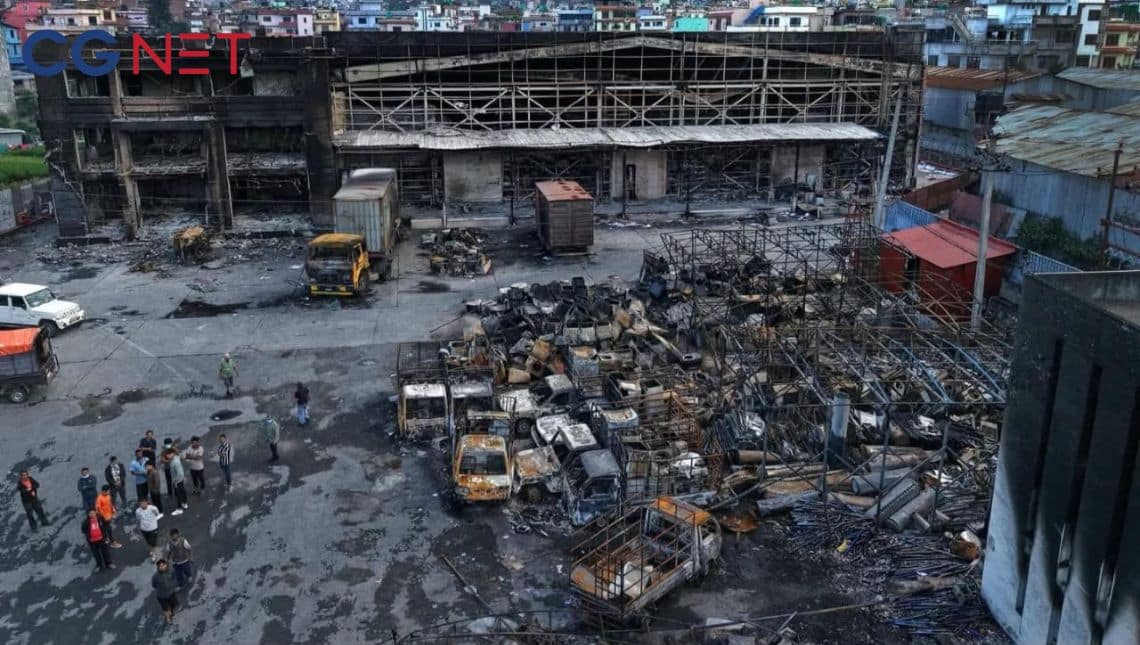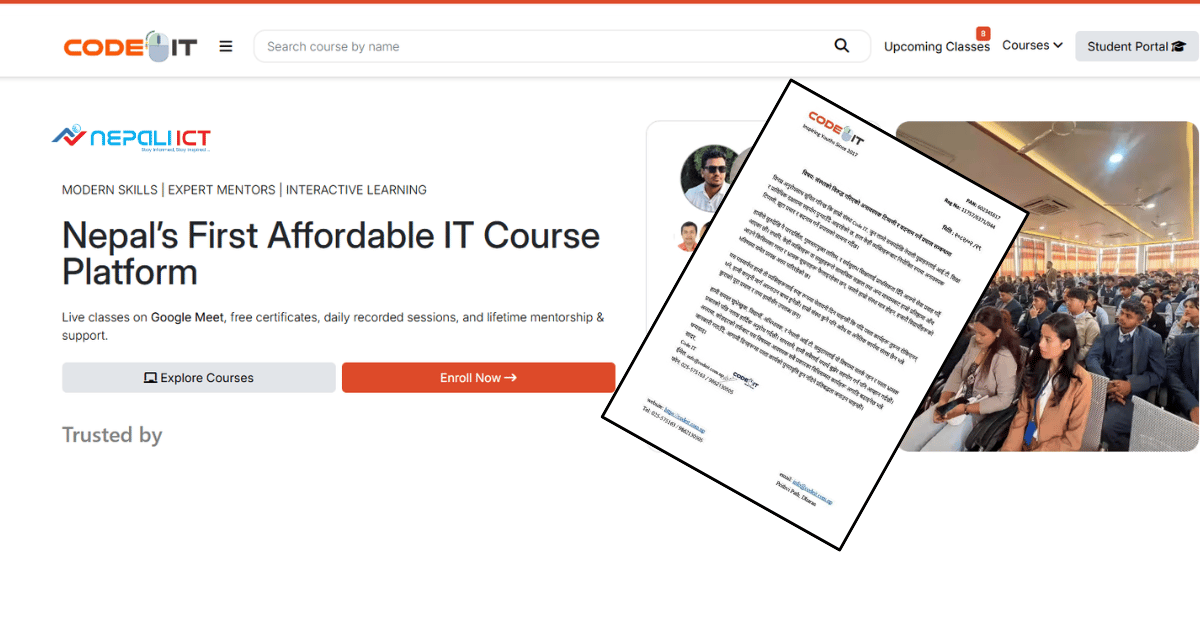Kathmandu – Nepal Telecom, the state-owned telecommunications provider, has recently conducted a quality test of its mobile services across various locations in the country. The test was carried out in December-January along the Siddhartha Highway, including areas such as Palpa, Baglung, Butwal, Bhairahawa, and Pokhara, using the drive test method.
How Was the Test Conducted?
The company assessed two key aspects: call performance and internet quality.
- Call Performance: This included call setup time, success rate, and disconnection rate.
- Internet Performance: The test measured ping round-trip time, webpage loading time, download speed, and upload speed.
The tests were conducted while moving, using specialized equipment that automatically selected the best available network (4G/3G/2G) at each location.
Key Findings from the Report
Call Performance: Reliable and Efficient
- The average call setup time across most locations was under 7 seconds, meeting the regulatory standards set by the Nepal Telecommunications Authority (NTA).
- The call success rate was over 97%.
- The call drop rate was 0% in all tested locations, which is better than the NTA standard of less than 2%.
Internet Quality: Mostly Satisfactory, but Some Variations
- Ping Time: Maintained below the 350-millisecond standard.
- Webpage Load Success Rate: Above 99% in most areas.
- Download and Upload Speeds: Varied across locations. While Butwal and Bhairahawa recorded good speeds above 10 Mbps, locations like Siddhartha Highway, Palpa, Baglung, and Pokhara had lower speeds than expected.
Location-Specific Results
- Siddhartha Highway: Call success rate of 99.05%, with a download speed of 6.11 Mbps.
- Palpa: Call success rate of 97.3%, download speed at 4.90 Mbps.
- Baglung: 100% call success rate, download speed of 5.17 Mbps.
- Butwal: Call success rate of 100%, download speed of 10.62 Mbps.
- Bhairahawa: Call success rate of 98.31%, download speed of 11.65 Mbps.
- Pokhara: Call success rate of 100%, download speed of 10.21 Mbps.
Siddhartha Highway
Palpa
Baglung
Butwal
Bhairahawa
Challenges Identified
While the overall performance was satisfactory, Nepal Telecom identified some issues in areas with challenging geographical terrain. The company noted that signal obstructions in hilly regions impacted network quality, particularly affecting internet speeds.
Advanced Testing Methods Used
For the drive test, Nepal Telecom used ‘GENEX Probe’ equipment to collect data and ‘GENEX Assistance’ tools to analyze the findings. The method involved a moving vehicle fitted with testing devices to measure network performance in real-time.
The results indicate that Nepal Telecom’s mobile service is reliable, with strong call connectivity and mostly stable internet performance. However, there is room for improvement in some areas, particularly regarding internet speeds in geographically challenging locations. The company is expected to use this data to enhance its services in the coming months.
With mobile connectivity playing a crucial role in communication and digital access, regular testing and service improvements will be essential in ensuring a seamless experience for users nationwide.






















Comments